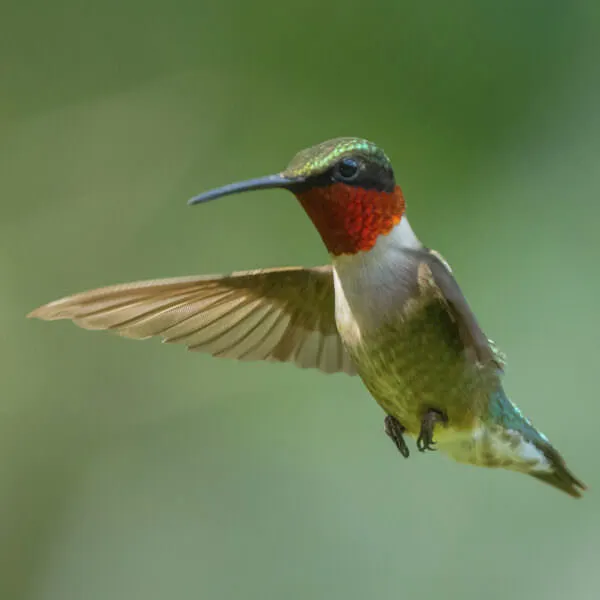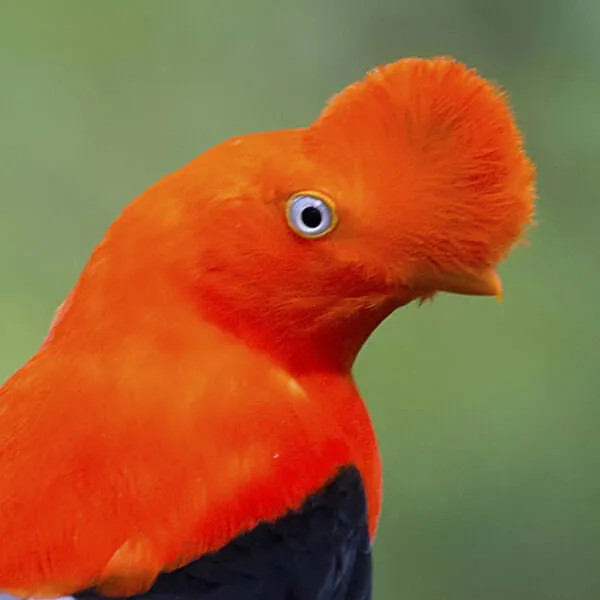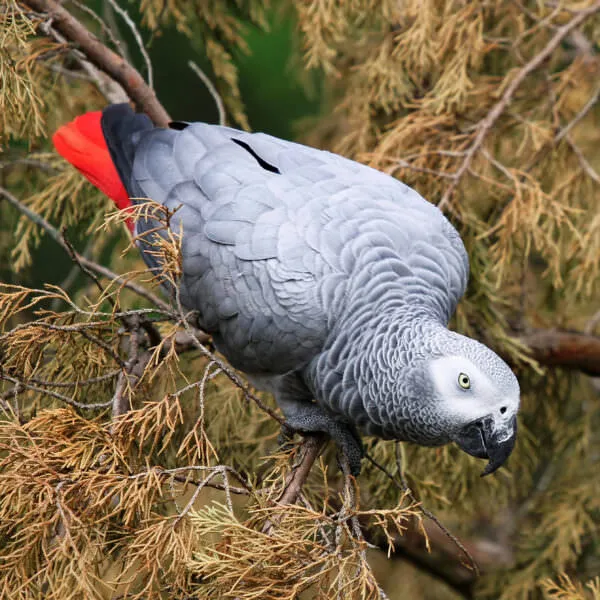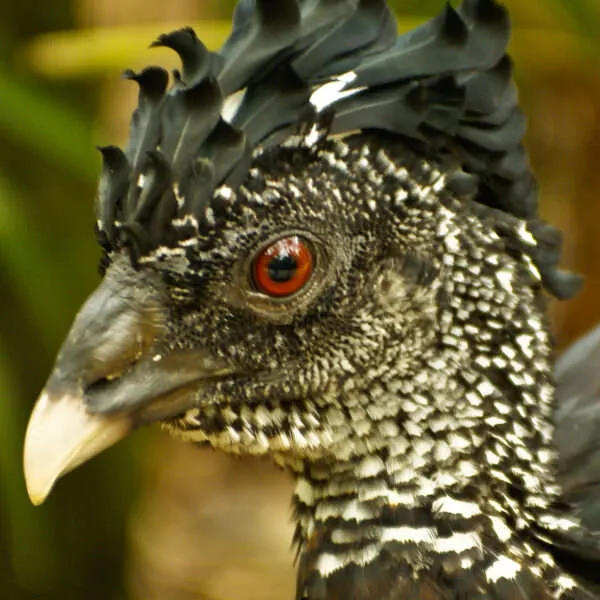Anatomy
Macaws are the largest parrots in the world—the body of the scarlet macaw from beak to tail can be as long as 33 inches. This beautiful macaw has a creamy white, almost featherless face, with bright red plumage covering most of its body, wings and long tail. Brilliant blue and yellow feathers also adorn the lower wings. The bird’s strong beak is adapted to breaking hard nuts found in the rainforest.
We're All In
Together, we're building a future where people and nature thrive. Sign up today and join our movement...
Habitat
The scarlet macaw can be found from southern Mexico to Peru, as well as Bolivia, eastern Brazil and the island of Trinidad. They prefer to spend their time in tall, deciduous trees in forests and near rivers, usually in large, noisy groups. Macaws also mate for life, nesting from January through April in the holes of dead canopy trees. Mated adults lay up to two eggs per year, and preen each other and their offspring for hours, cleaning bugs from their feathers.
Diet
Nuts, leaves, berries and seeds from the rainforest make up the bulk of the scarlet macaw’s diet. Its strong, hooked beak is perfect for breaking nuts and seeds. Interestingly, the scarlet macaw can eat fruits toxic enough to kill other animals. This could be because they also eat large amounts of clay, which is thought to neutralize plant poisons.
Threats
The primary threats to the scarlet macaw are habitat loss from rainforest destruction and heavy exploitation for pet trading. In Costa Rica, these birds, which are frequently stolen from their nests, can be sold on the black market for $200. In the United States, baby birds smuggled into the country can be sold for as much as $4,000. Because tourists bring in almost $14,000 a year to see birds like the scarlet macaw in the wild, biologists hope that local governments will devote more attention to the protection of these magnificent birds.
Sources
- Jukofsky, Diane. Encyclopedia of Rainforests. Connecticut: Oryx Press, 2002.
- Belize Zoo
- The IUCN Red List of Threatened Species



